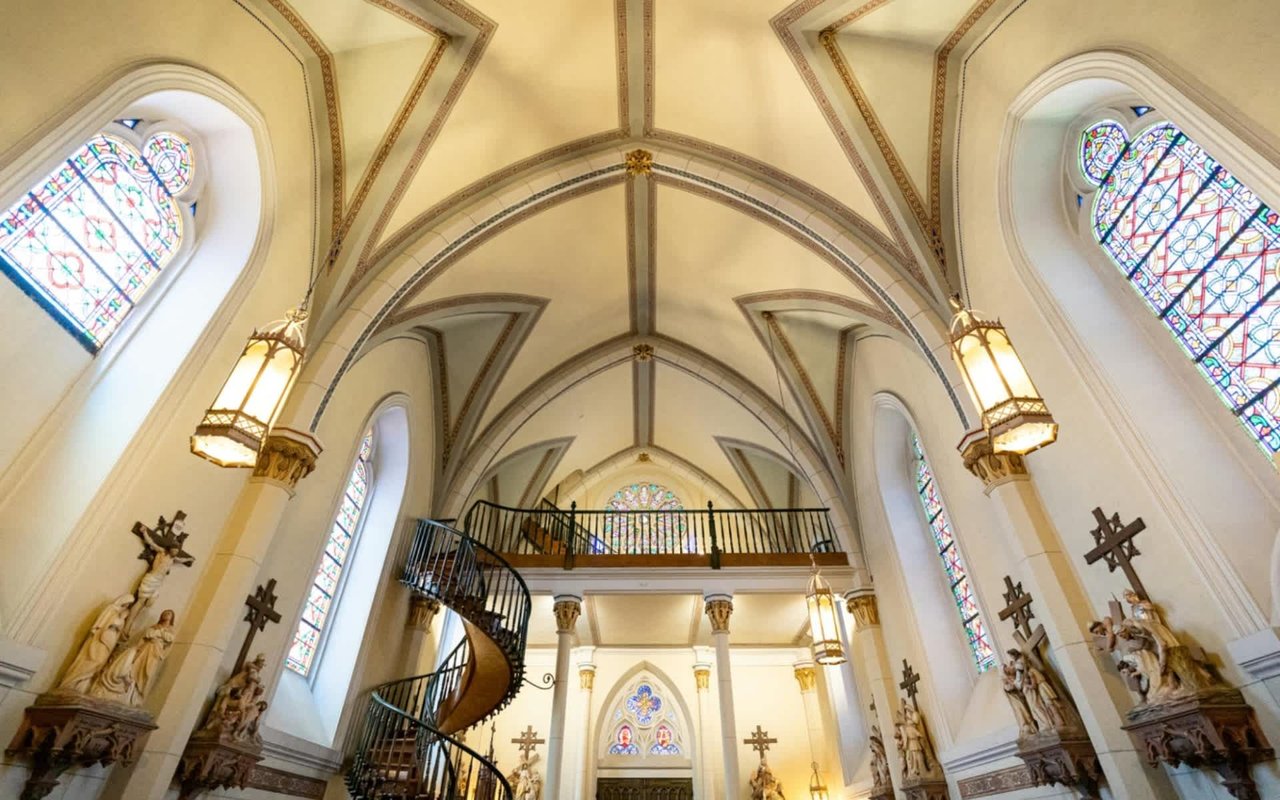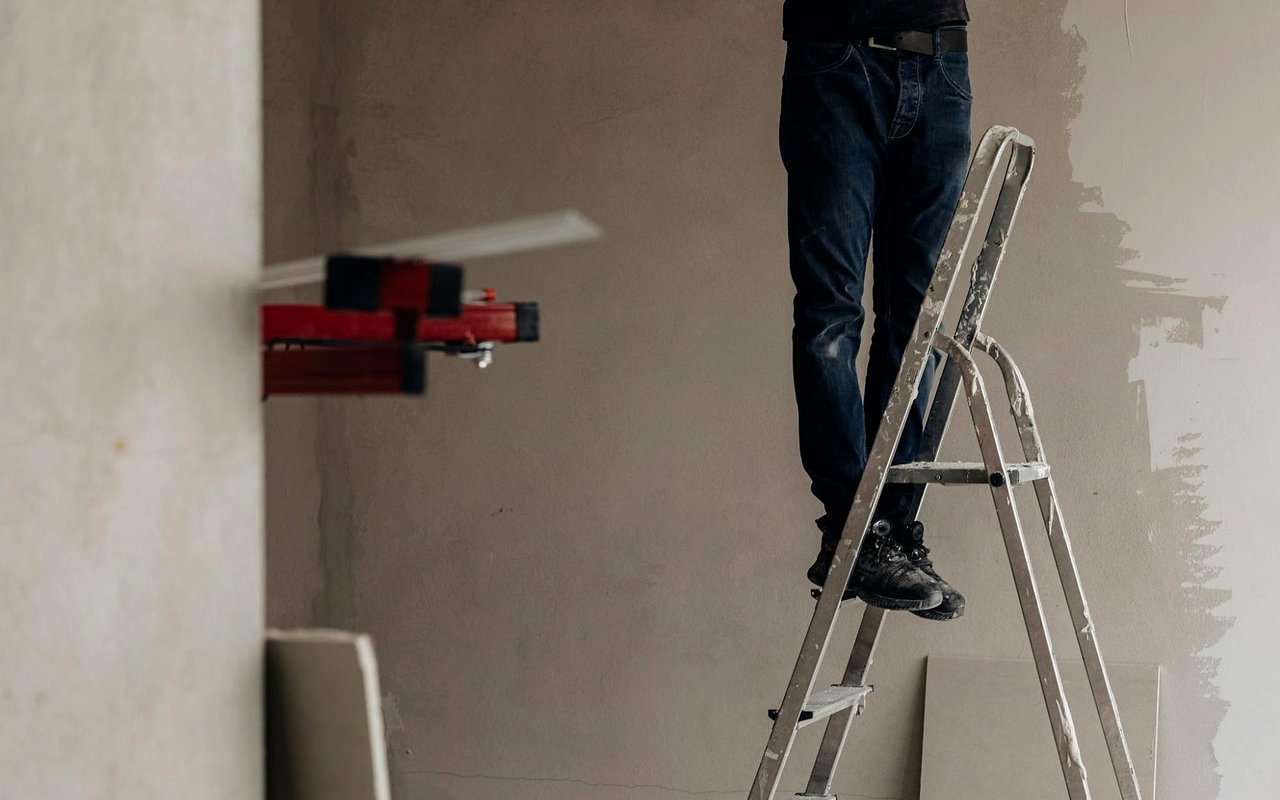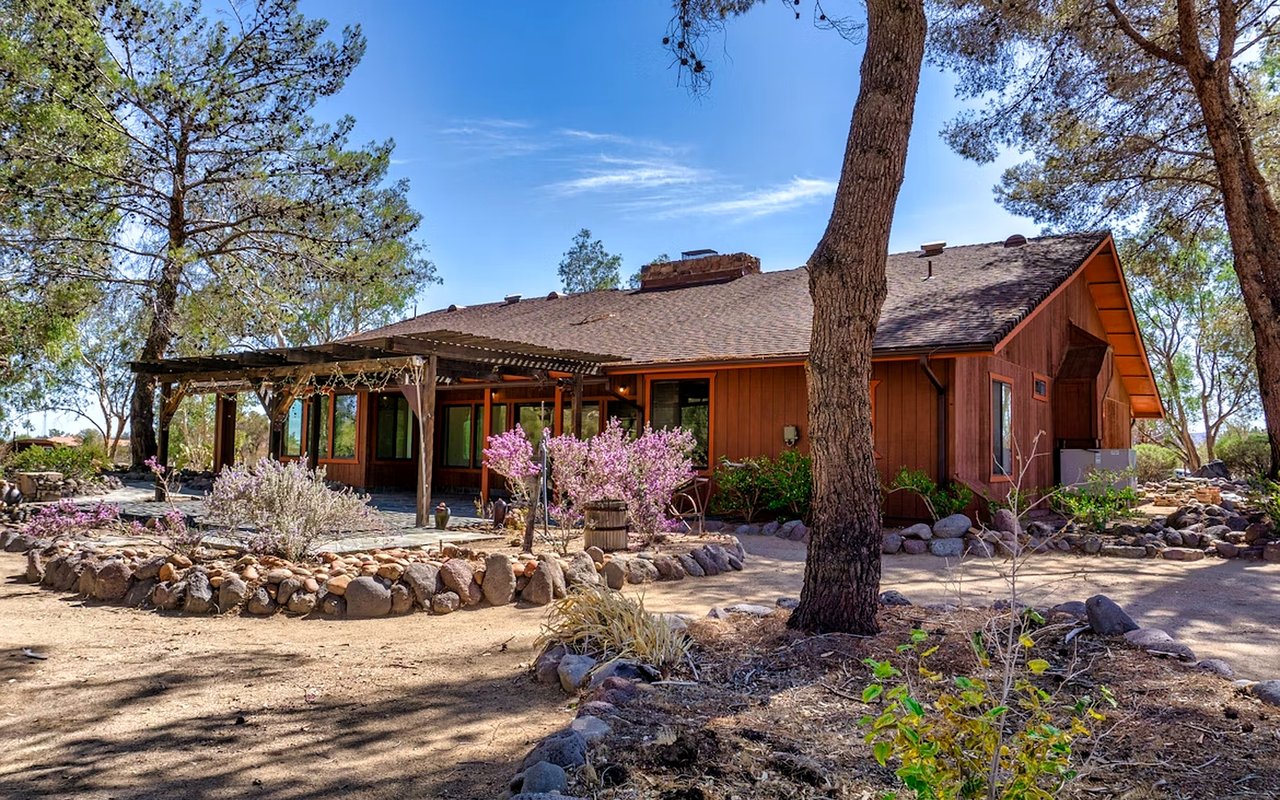Santa Fe, New Mexico, renowned for its rich history and cultural heritage, is a city where architectural beauty and historical significance converge. This article explores the architectural landmarks that define Santa Fe, offering a glimpse into its unique design evolution and the historical narratives etched into its buildings.
The Historical Essence of Santa Fe's Architecture
Santa Fe stands as one of the oldest cities in the United States, dating back to the early 17th century. Its architectural landscape reflects a blend of Native American, Spanish Colonial, and modern influences, creating a distinct and picturesque urban fabric. The city's commitment to preserving its historic charm is evident in the careful maintenance of its historic structures and the design regulations that ensure new constructions complement the existing architectural heritage.
The Palace of the Governors
The Palace of the Governors, situated on Santa Fe's Plaza, is arguably the city's most significant architectural landmark. Constructed between 1609 and 1610, it is the oldest continuously occupied public building in the United States. This Spanish Colonial structure, with its adobe walls and distinctive wooden portico, served as the seat of government for Spanish, Mexican, and American administrations. Today, it houses the New Mexico History Museum, offering visitors a deep dive into the region's past.
The Cathedral Basilica of St. Francis of Assisi
A short walk from the Plaza leads to the Cathedral Basilica of St. Francis of Assisi, a masterpiece of Romanesque Revival architecture. Designed by architect Antoine Mouly and completed in 1886, the cathedral is characterized by its twin towers and intricate stained glass windows. Utilizing locally sourced sandstone, its construction showcases a blend of French Gothic and Romanesque elements. The cathedral remains an active center for worship and an architectural gem that draws visitors from around the globe.
The Loretto Chapel
The Loretto Chapel, completed in the 1870s, is famed for its miraculous spiral staircase. Designed by Antoine Mouly and built in the Gothic Revival style, the chapel’s most intriguing feature is its spiral staircase, which ascends to the choir loft without visible means of support. The staircase's origin remains a mystery, adding an element of intrigue to this already enchanting structure. The Loretto Chapel continues to be a site of fascination for both its architectural beauty and its enigmatic staircase.
The Santa Fe Opera House
A modern contrast to Santa Fe's historic architecture, the Santa Fe Opera House stands as a testament to contemporary design. Completed in 1968, the opera house is renowned for its open-air design and breathtaking views of the surrounding desert landscape. The structure’s use of natural materials and innovative design reflects the region's commitment to blending modernity with its historical roots. The Santa Fe Opera House is not only a venue for world-class performances but also a symbol of Santa Fe's embrace of architectural diversity.
The New Mexico Museum of Art
Situated near the Plaza, the New Mexico Museum of Art is a fine example of early 20th-century Pueblo Revival architecture. Completed in 1917, the museum’s adobe facade and tilework are quintessentially Santa Fe. The building reflects the movement to incorporate traditional Southwestern architectural elements into public structures. The museum’s collection includes works by prominent regional artists and serves as a cultural hub for the city.
The Georgia O’Keeffe Museum
The Georgia O’Keeffe Museum, dedicated to the works of the iconic artist, is another architectural landmark in Santa Fe. Completed in 1997, the museum's design by architect Michael Graves is a modernist take on traditional Southwestern styles. Its clean lines and use of local materials create a dialogue with the surrounding historic architecture, providing a fitting home for O’Keeffe’s vibrant and evocative works.
The Santa Fe Railyard
The Santa Fe Railyard, once a bustling hub of transportation, has been revitalized into a dynamic cultural and commercial center. The area’s architecture reflects a blend of industrial heritage and modern redevelopment. The conversion of old rail buildings into galleries, shops, and public spaces illustrates Santa Fe’s innovative approach to preserving and repurposing its historic structures. The Railyard is a vibrant testament to the city’s ability to blend its past with a forward-looking vision.
The San Miguel Mission
The San Miguel Mission, completed in the late 17th century, is one of the oldest churches in the United States. Its modest adobe structure reflects the early Spanish Colonial mission style. Despite renovations, the mission retains its original charm and historical significance. Visitors can appreciate its simple yet striking facade and the serene atmosphere that has characterized it for centuries. The mission continues to serve as an active parish, preserving its role in Santa Fe's religious and cultural landscape.
The Oldest House
The Oldest House, built around 1200 AD and located on the Plaza, is one of the oldest surviving residential buildings in the U.S. Originally a Native American dwelling, it was later adapted by Spanish settlers. The adobe structure showcases traditional Pueblo architecture with thick walls designed to insulate against the harsh desert climate. Today, the Oldest House operates as a museum, offering insights into early Santa Fe life and the architectural techniques used by its original inhabitants.
Discover Your Ideal Home in Santa Fe
Santa Fe's architectural landmarks offer a fascinating exploration of the city's rich history and evolution. As Santa Fe continues to celebrate and preserve its architectural heritage, these landmarks stand as enduring symbols of its past, present, and future.
Ready to explore real estate opportunities in this vibrant city? Contact
Robyn Tyra today to start your journey to home ownership in Santa Fe.








